Five years separate Willner “twins”
Photos provided by Elliot Willner
Elliot Willner (right) and his brother Miles (left) at the same age.
Junior Elliot Willner’s “twin” is a solid foot shorter than him and five years younger. Willner and his 11-year-old brother Miles were conceived via in-vitro fertilization (IVF) at the same time.
Willner’s father had testicular cancer at the time. Because of his condition, IVF was the only option for Willner’s parents to have more children.
“Unfortunately, it was not something we got to choose, really,” said Allyson Willner, Elliot’s mother. “It was the path that was given to us.”
In IVF, a woman takes medication that makes her eggs mature and ready for fertilization. Then, the doctor removes as many eggs as possible and inserts sperm into them to fertilize the eggs. In her case, Allyson Willner had eight eggs fertilized. The fertilized eggs, or embryos, are then placed into the uterus. Allyson Willner had two embryos placed in her uterus, but only one embryo survived. This embryo was Elliot.
“So what if [the embryo that didn’t survive] had been Miles?” Allyson Willner said. “Would Miles have survived? And they would have grown up together as twins. It’s just, I guess, fate.”
The three remaining, healthy embryos were frozen for the next five years until the Willners were ready to have their next child, Miles.
“Poor Miles got thrown aside and put into a freezer for five years,” said Allyson Willner. “We used to call Miles our ‘totsicle.’”
While the medical definition of fraternal twins does not apply to Elliot and Miles Willner because they didn’t develop in the womb together, the brothers were conceived at the same time and grew as embryos in the same petri dish.
“So, in terms of timing of creation of the embryos, two boys are indeed twins, as the embryos were created at the same time, and technically, if transferred together successfully, could have been born together,” Dr. Lusine Aghajanova, a Stanford University Clinical Assistant Professor, said. “But since there is five years between two transfers, I wouldn’t really call them twins, but rather siblings.”
“I think, as the older brother, I definitely feel like brothers,” Elliot Willner said. “I feel like I’d be a lot closer with him [if we were twins]. But at the same time, I definitely see him go through a lot of the same things I did.”
Elliot Willner has a 19-year-old older sister and thinks “it would have been awesome if we were all closer together in age.”
“That’s just because he brings down the maturity of the whole household,” Elliot Willner said, joking about his little brother. “At the same time, it’s kind of fun to have younger siblings because when they bring their friends over, I’m the role model.”
Allyson Willner isn’t sure if growing up together as twins would have strengthened the bond between Elliot and Miles, but she knows that both brothers would be unique regardless.
“People say that their fraternal twins very often are very different people, and I would say the same is true with Elliot and Miles,” Allyson Willner said. “They’re very different people. They’re very different personalities.”
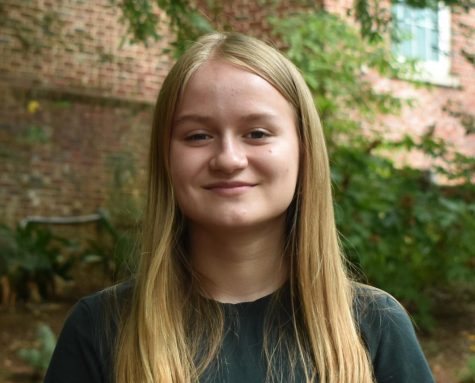
Anna is a senior and third year staff member. When she's not writing and editing, you can find her running cross country, working on mock trial, or sleeping.


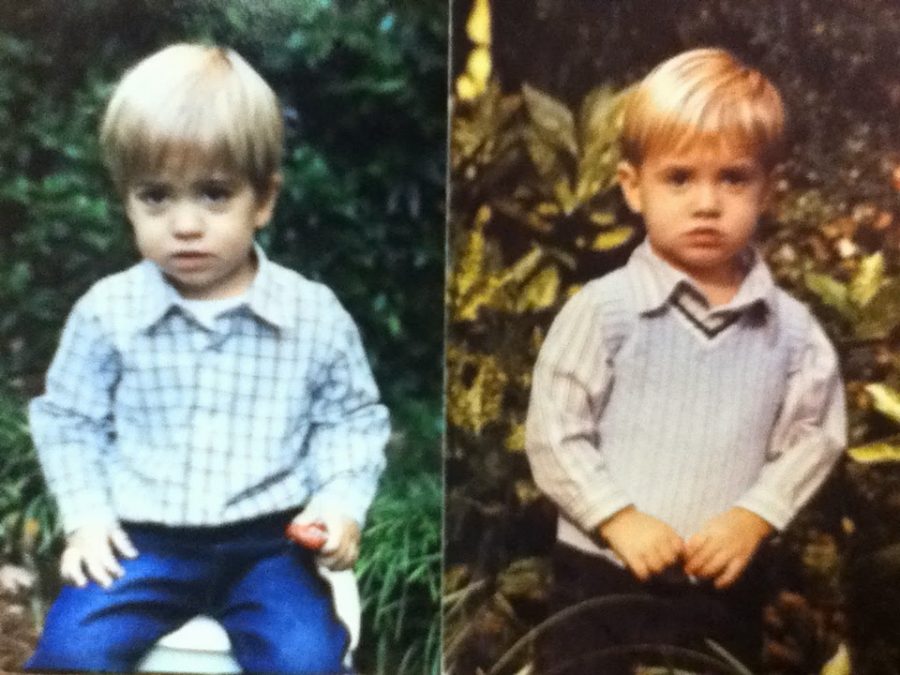



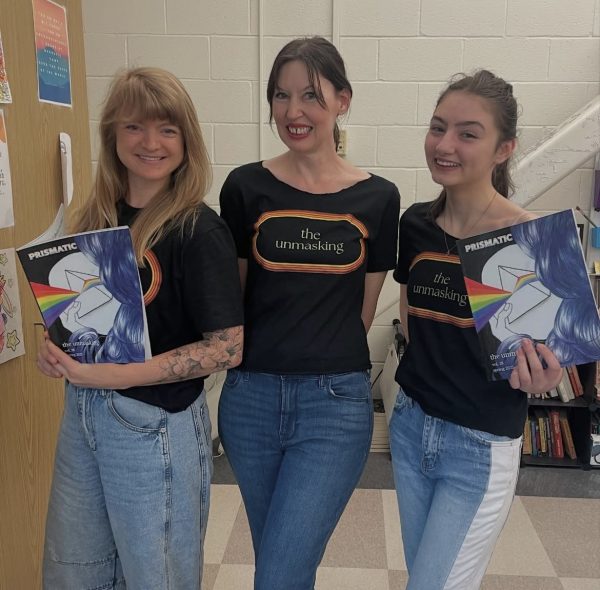
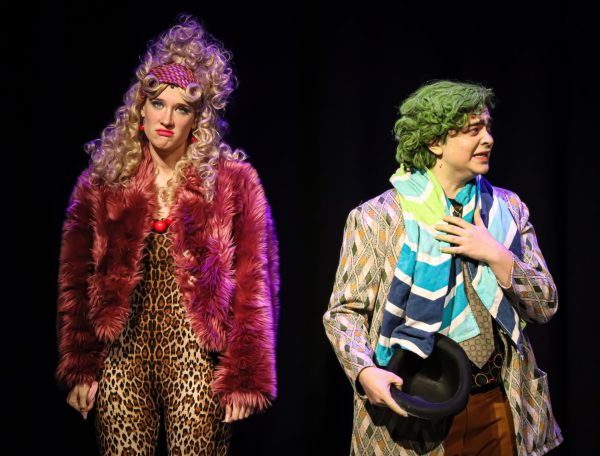

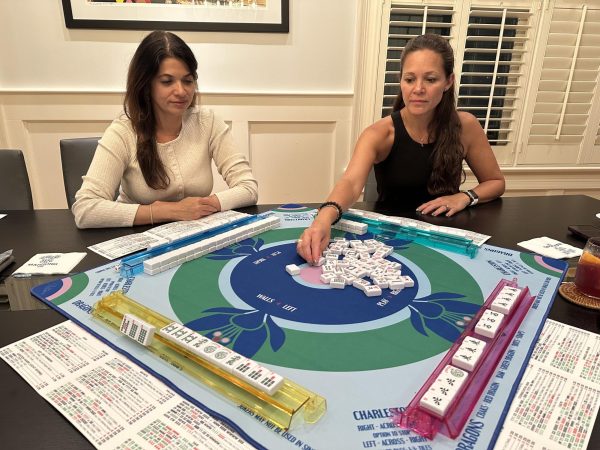



![STANDING STRONG: Hills4ATL founder A.B Bailey [left] leads workouts ranging in intensity every week, including hill climbs and yoga. Bailey believes that his workout classes bring together Atlantans of all ages for unique workout opportunities, as outlined from the beginning of Hills4ATL.](https://thesoutherneronline.com/wp-content/uploads/2025/05/hills-600x400.jpg)